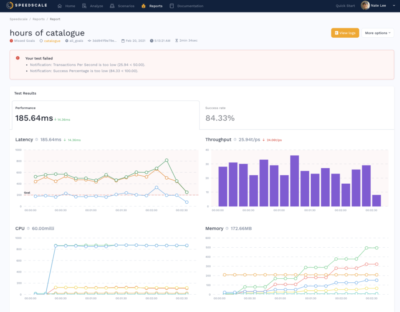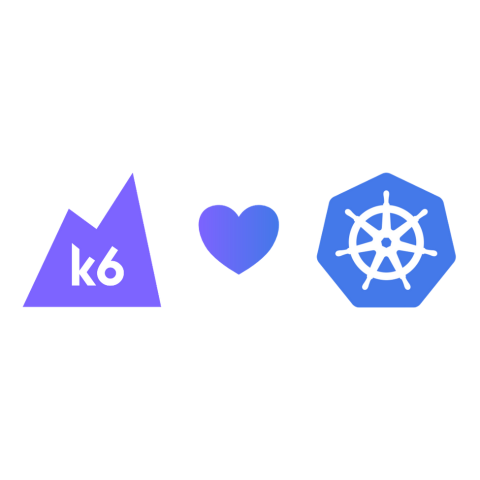C++ Microservices in Docker
Microservices have become a popular way to architect applications, particularly those that compose functionality from a variety of loosely coupled systems and services. While there are a variety of frameworks and tools for implementing a microservice architecture, it isn’t always clear how to expose native code like C or C++ code within a wider microservice system. That’s where HydraExpress comes in.











